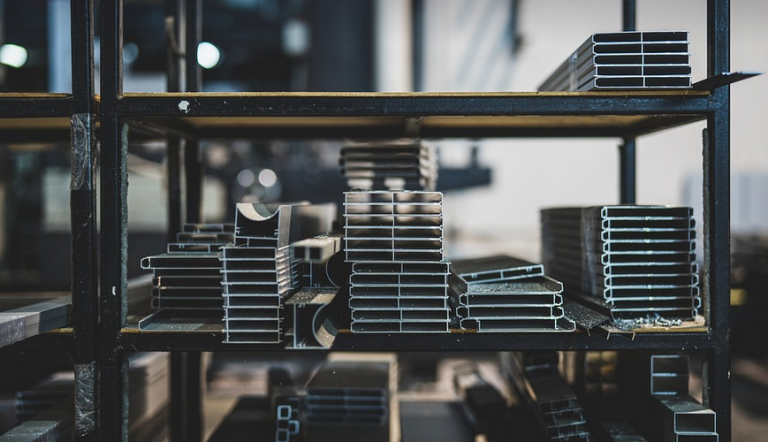
A Deep Dive into the World of Welding Boots
You’re building, welding, or working on a project that requires intense heat and sparks—you know what they say: get your feet right before you fire up the forge. That’s where welding boots come in. They’re not just about looking cool, these bad boys are crucial for protecting your feet from the hazards of welding.
Imagine stepping into a furnace; that’s kind of what it feels like when you work with molten metal. Welding generates intense heat and sparks, which can reach scorching temperatures. That’s why welding boots serve as your first line of defense against burns and other injuries.
But finding the right pair isn’t just about choosing any old boot—it’s about understanding what makes them special and how to choose one that fits your needs.
What Makes Welding Boots Different from Regular Work Boots?
Regular work boots are great for construction, landscaping, or general job sites, but they lack the critical protection welding demands. Let’s dive into some key differences:
* **Safety Standards:** Welding boots are built to meet stringent safety standards designed to mitigate heat and electrical hazards. They often feature insulated soles and special linings that prevent sparks from getting through or damaging your feet. * **Heat Resistance:** They’re often made with materials like leather, steel, or composite that can withstand intense heat without degrading. Think of them as a personal shield against the scorching elements. * **Protection From Splashes & Debris:** Welding is hard work, and that means getting dirty! Welding boots are built to be durable in high-pressure situations. They often feature reinforced toe caps and waterproof materials to keep your feet dry and safe from splatter and debris.
Beyond the technicalities, welding boots offer a sense of confidence and security on the job. Knowing your feet are protected takes the worry off your mind, allowing you to focus on the task at hand.
Choosing the Right Welding Boot: A Comprehensive Guide
Don’t just rush into choosing any old pair of welding boots—it can make all the difference in ensuring your safety. Here’s a breakdown of what to consider:
* **Type of Work:** The nature of your work will dictate the type of welding boot you need. Are you welding outdoors or indoors? Are you working on steel or other materials? Understanding the type and level of protection required for your specific work environment is critical.
* **Foot Shape and Size:** Your feet are unique! You won’t want to force-fit your boots; make sure they’re a snug fit without being too tight. Measure your feet, consider different brands and styles, and find the perfect pair that feels both comfortable and secure.
* **Safety Features:** Look for welding boots with safety features designed to protect you during those intense moments: * **Toe Caps:** These offer protection from heavy objects or debris. Look for boots with reinforced steel toe caps. * **Insulation:** Some boots feature high-quality insulation that helps prevent burns and ensures you stay warm in cold conditions. * **Electrical Resistance:** For electricians, choose welding boots specifically designed to resist electrical hazards.
The Importance of Quality & Durability
Welding boots are more than just an investment; they’re a crucial part of your safety gear. Consider the following factors when choosing your boots:
* **Materials:** Look for high-quality materials like leather, steel, or composite that can withstand intense heat and pressure. These boots offer durability that will last through countless welding sessions. * **Construction Quality:** A well-constructed boot is built to stand up to the demands of work. Check for sturdy stitching, reinforced seams, and durable soles.
Investing in quality welding boots can save you a lot of money and hassle down the road. A high-quality boot will not only last longer but also offer excellent protection against potential injuries, ensuring you can keep your workflow running smoothly and safely.
Caring for Your Welding Boots: Tips and Tricks
Your welding boots are an investment, so it’s important to care for them properly. Here’s how:
* **Cleanliness:** After each day of work, thoroughly clean your boots with a damp cloth or brush to remove dust and debris. Avoid using harsh chemicals as they can damage the leather or material. * **Drying:** Let your boots air dry in a cool, well-ventilated place away from direct sunlight. Don’t use a hairdryer! Avoid excessive heat as this can warp the boot’s shape.
Maintenance is key to longevity: Regularly inspect your boots for wear and tear and address any damage promptly. This will ensure they continue to provide you with reliable protection on the job.
Conclusion: Investing in Your Safety, One Boot at a Time
Welding boots are more than just fashion accessories; they’re essential tools for occupational safety and well-being on the job site. By understanding the crucial differences between regular work boots and welding boots, choosing a suitable pair of boots, and taking care of them properly, you can ensure your feet stay protected during any welding project.


